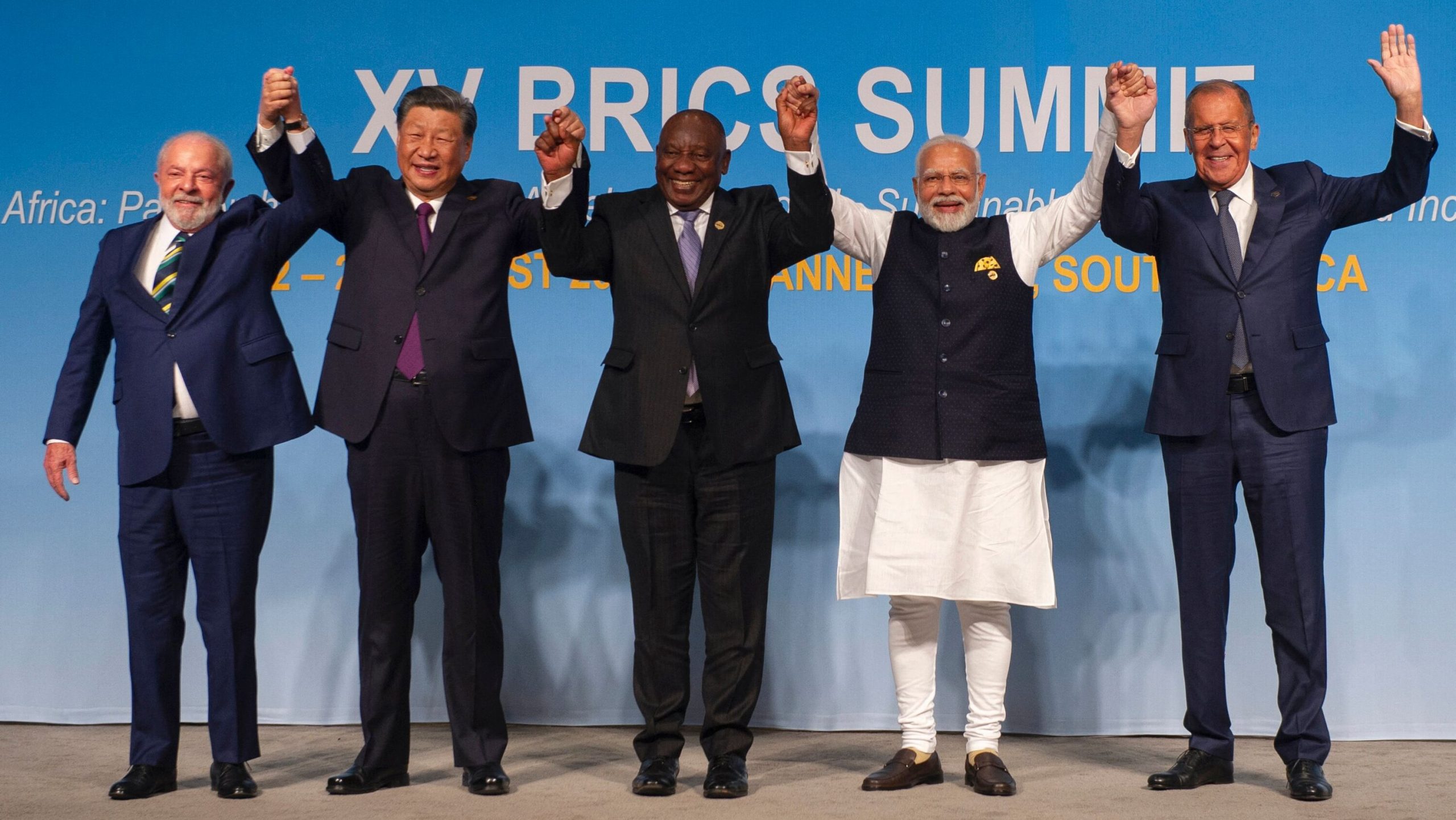For most of history, poverty has been almost universally understood as a lack of money. In the last three decades, however, it has not just been lack of any money, but the lack of valuable money compared to the U.S. dollar. Yet, with the most recent BRICS Summit, and the rise of emerging economies, the economic geography of the world, and the relationship between global North and South, is now being redefined. The fight against global poverty has been solely defined by the “dollar-a-day” poverty line, which was first conceptualized in 1990. Economists have recently pointed out the flaws behind the veil of dollars, and how often it can misrepresent reality. For instance, while purchasing power parity (PPP) has been widely used to estimate what one U.S. dollar can buy in several countries, it can entail a variety of assumptions about what countries consume, which means that it has to be used with caution. The core problem is that the U.S. dollar cannot consistently measure absolute poverty over time and across all regions of the world. Rather than rely on the dollar, economists have turned to traditional methodologies that have…



